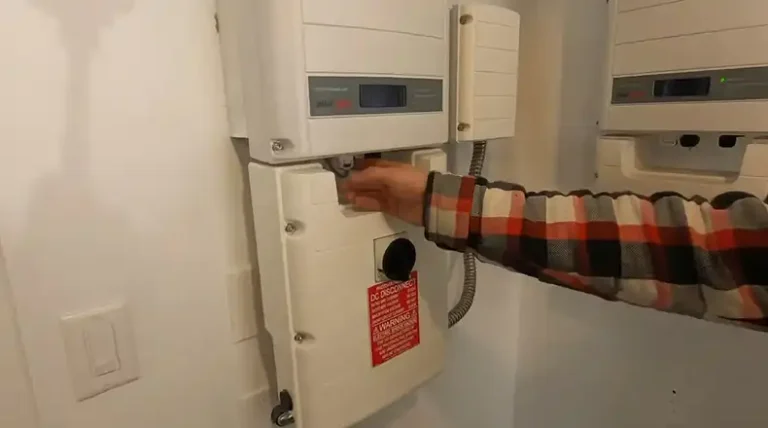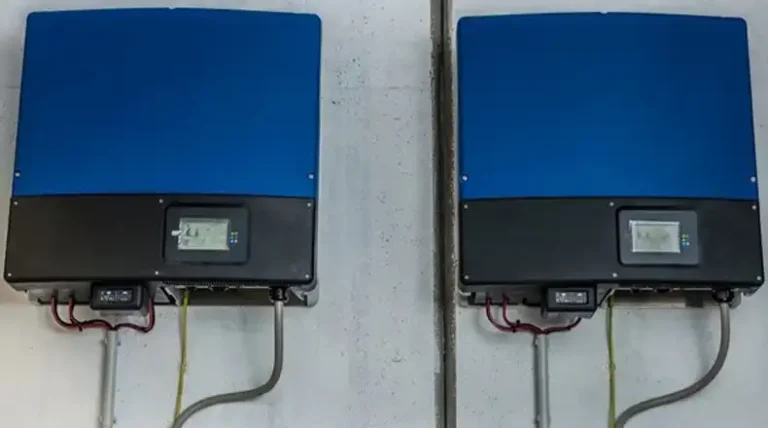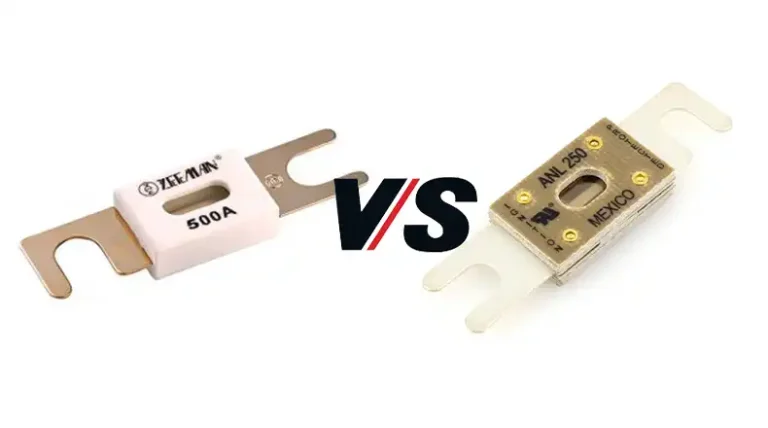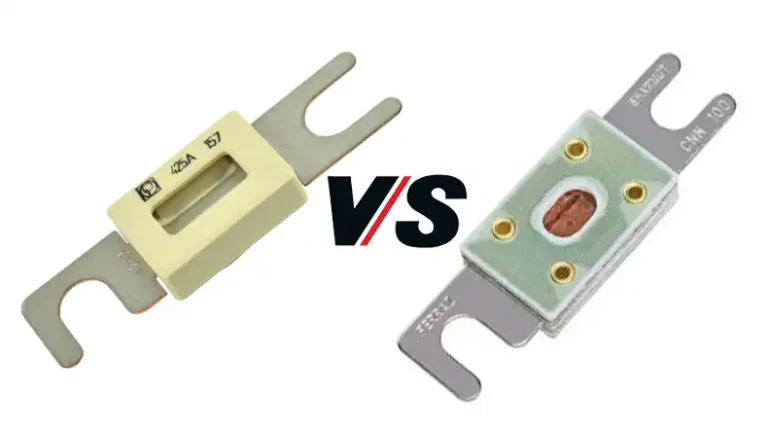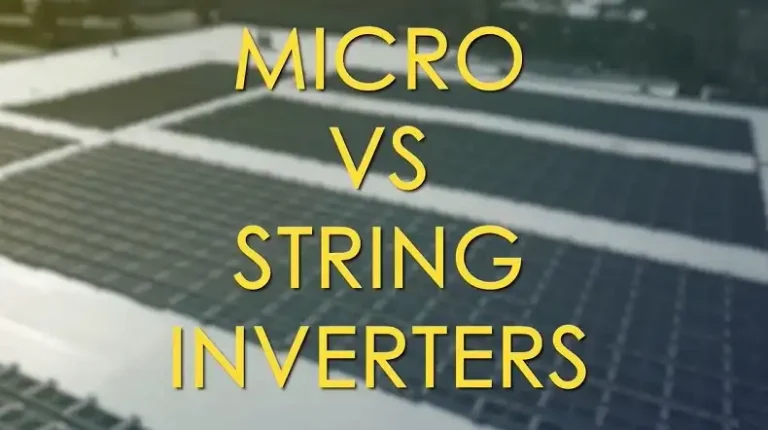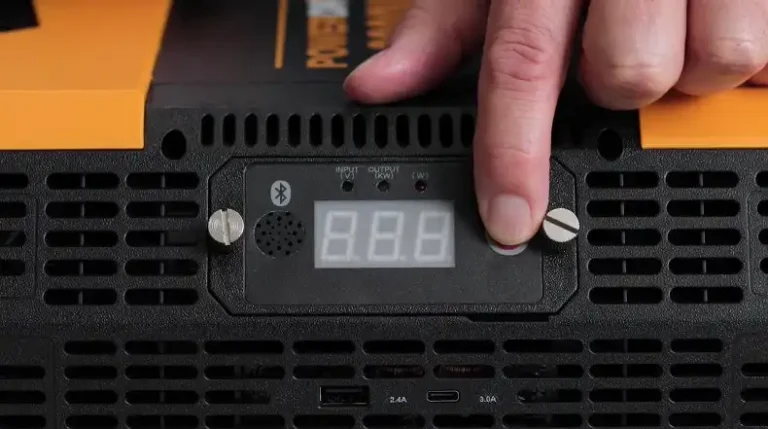Solar PV Inverter Replacement Cost | Step-by-Step Guide
After two decades of living off-grid, I’ve replaced more inverters than I care to count. Trust me, when that little box dies, it’s not just an inconvenience – it’s a full-blown power crisis. But don’t sweat it. I’m here to share the hard-earned wisdom that’ll save you from the panic I felt during my first inverter failure.
Look, I’ve seen solar tech evolve from clunky contraptions to sleek powerhouses. But one thing hasn’t changed: inverters are the heart of your system, and they don’t last forever. Whether you’re a solar rookie or an old hand like me, understanding replacement costs is crucial. So let’s cut through the jargon and get down to brass tacks. Your future self will thank you when that inverter inevitably gives up the ghost.
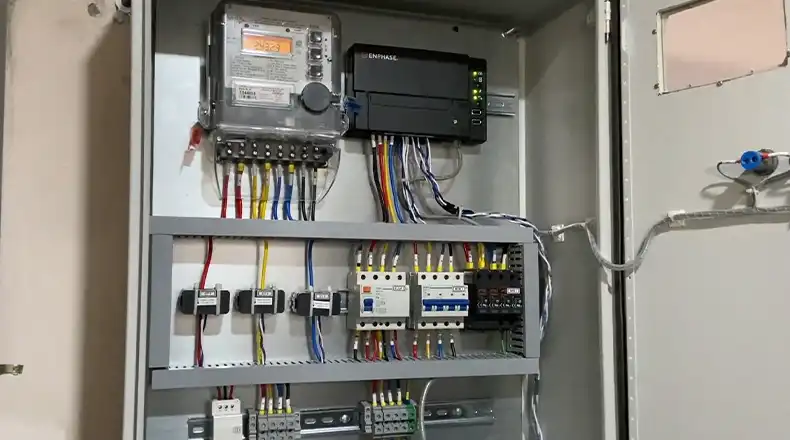
Pricing Range of PV Inverter
First, let’s talk numbers. The cost of replacing a solar PV inverter can vary widely, and it’s important to understand the range you might be looking at.
When it comes to solar PV inverter replacement costs, you’re looking at a pretty broad spectrum. On the lower end, you might find some basic models for as little as $300. But don’t get too excited just yet! On the higher end, for top-of-the-line inverters with all the bells and whistles, you could be shelling out up to $9,500. That’s quite a range, right?
Now, I know what you’re thinking – “That’s a huge difference! Where do I fall on this scale?” Well, the truth is, most homeowners will find themselves somewhere in the middle. The exact cost for your inverter replacement will depend on a variety of factors, which we’ll get into in just a moment.
It’s worth noting that these prices typically include not just the inverter itself, but also the cost of installation. After all, unless you’re a certified electrician with experience in solar systems, you’ll want a professional to handle the installation to ensure everything is set up correctly and safely.
What are the Factors that Affect the Pricing of Solar PV Inverters
Now that we’ve got a general idea of the price range, let’s break down the factors that can push the cost towards one end of the spectrum or the other. Understanding these elements can help you make a more informed decision when it comes time to replace your inverter.
Inverter size and capacity
One of the biggest factors influencing the cost of your replacement inverter is its size and capacity. It’s pretty straightforward – larger inverters with higher wattage output will cost more to replace than smaller ones.
But why does size matter? Well, the size of the inverter needs to match the size of your solar panel system. If you’ve got a large array of panels on your roof pumping out a lot of power, you’ll need a beefy inverter to handle all that juice. On the other hand, if you’ve got a modest system, a smaller inverter will do the job just fine.
Let’s break it down a bit:
- Small systems (0.1-3 kW): These might use a single inverter in the 1,000 to 3,000-watt range. These smaller inverters are typically on the lower end of the price spectrum, often between $300 and $1,000.
- Medium systems (4-8 kW): For these systems, you might need an inverter in the 4,000 to 8,000-watt range. These mid-range inverters usually cost between $1,000 and $2,500.
- Large systems (10+ kW): If you’ve got a big system, you might need an inverter (or multiple inverters) that can handle 10,000 watts or more. These larger inverters can cost anywhere from $2,500 to $9,500 or even more for very large or complex systems.
Remember, these are just ballpark figures. The exact cost can vary based on other factors we’ll discuss next. Also, keep in mind that sometimes it’s more cost-effective to use multiple smaller inverters rather than one large one, especially for very large systems.
Inverter brand and quality
Just like with any product, brand name and quality play a significant role in the cost of solar inverters. Well-known brands and higher quality inverters tend to be more expensive, but they often offer better performance and reliability.
Some of the top brands in the solar inverter market include:
- SMA: Known for their high-quality, durable inverters. They’re often on the pricier side but are favored for their reliability and efficiency.
- Fronius: Another premium brand, Fronius inverters are known for their advanced features and robust performance.
- Enphase: Specializes in microinverters, which can be more expensive upfront but offer advantages in terms of system performance and monitoring.
- SolarEdge: Offers a unique inverter and power optimizer solution that’s gained popularity for its efficiency and monitoring capabilities.
- ABB (now FIMER): Known for their quality and wide range of inverter options.
These premium brands typically cost more than lesser-known or generic brands. However, they often come with better warranties, higher efficiency ratings, and more advanced features. For instance, many high-end inverters now offer sophisticated monitoring systems that allow you to track your solar production in real-time from your smartphone.
On the flip side, there are plenty of more budget-friendly options out there. While these might not have all the bells and whistles of the premium brands, many still offer solid performance at a lower price point. Brands like Goodwe, Sungrow, and Growatt fall into this category.
When considering brand and quality, it’s important to think about the long-term value. A cheaper inverter might save you money upfront, but if it’s less efficient or needs to be replaced more frequently, it could end up costing you more over time. On the other hand, a more expensive, high-quality inverter might be a better investment if it lasts longer and helps your system produce more energy.
Warranty coverage
Warranty coverage is another crucial factor that can significantly affect the cost of replacing your solar PV inverter. If your existing inverter is still under warranty, the replacement cost might be covered entirely or significantly reduced by the manufacturer.
Most solar inverters come with a warranty period of 5 to 12 years, with some premium brands offering up to 25 years of coverage. Here’s how warranty can impact your replacement costs:
- Full warranty coverage: If your inverter fails within the warranty period and the failure is covered under the terms of the warranty, you might get a replacement at no cost or just the cost of installation.
- Partial warranty coverage: Some warranties offer prorated coverage, where the manufacturer covers a percentage of the replacement cost based on how long the inverter has been in service.
- Extended warranties: Some manufacturers offer the option to purchase extended warranties. While this increases your upfront cost, it can save you money if you need a replacement down the line.
- Out of warranty: If your inverter fails after the warranty period, you’ll likely be responsible for the full cost of the replacement.
It’s worth noting that warranty terms can vary significantly between manufacturers. Some things to look out for include:
- What exactly is covered? Some warranties only cover the inverter itself, while others might include the cost of labor for replacement.
- Are there any exclusions? Some warranties might not cover damage from certain events like lightning strikes or power surges.
- What’s the process for making a claim? Some manufacturers make this process easier than others.
When you’re shopping for a replacement inverter, pay close attention to the warranty terms. A longer warranty period or more comprehensive coverage might justify a higher upfront cost if it gives you peace of mind and potentially saves you money in the long run.
Also, keep in mind that if you’re replacing an inverter that’s still under warranty, you’ll want to work with a certified installer to ensure you don’t accidentally void the warranty during the replacement process.
When to Replace Your Solar Inverter
Knowing when to replace your solar inverter is crucial for maintaining the efficiency and effectiveness of your solar power system. Here are some key indicators that it might be time for a replacement:
Age of the Inverter
Most solar inverters have a lifespan of 10-15 years. If your inverter is approaching or has passed this age, it’s a good idea to start planning for a replacement, even if it’s still functioning. As inverters age, they can become less efficient, which means you’re not getting the most out of your solar panels.
Decreased Efficiency
If you notice a significant drop in your solar system’s energy production that can’t be explained by weather conditions or panel issues, your inverter might be the culprit. Keep an eye on your energy production over time. If it’s consistently lower than it should be, it might be time for a new inverter.
Frequent Faults or Errors
Modern inverters have self-diagnostic capabilities. If your inverter is displaying error messages frequently, or if it’s shutting down and restarting often, these could be signs that it’s failing and needs replacement.
Physical Damage
Visible damage to your inverter, such as cracks in the casing, signs of water damage, or burnt components, are clear indicators that it’s time for a replacement. Remember, a damaged inverter can be a safety hazard, so don’t delay replacement if you notice physical damage.
End of Warranty Period
While the end of a warranty doesn’t necessarily mean your inverter needs immediate replacement, it’s a good time to start considering it. If your inverter fails after the warranty period, you’ll be responsible for the full replacement cost.
Technological Advancements
Sometimes, it might make sense to replace your inverter before it fails if there have been significant technological advancements. Newer inverters often have better efficiency ratings and more advanced features, which could improve your system’s overall performance.
Adding Battery Storage
If you’re planning to add battery storage to your existing solar system, you might need to replace your inverter with a hybrid inverter or add a separate battery inverter.
Remember, replacing your inverter isn’t just about fixing a problem – it’s an opportunity to upgrade your system. A new, more efficient inverter could boost your energy production and potentially save you money in the long run.

